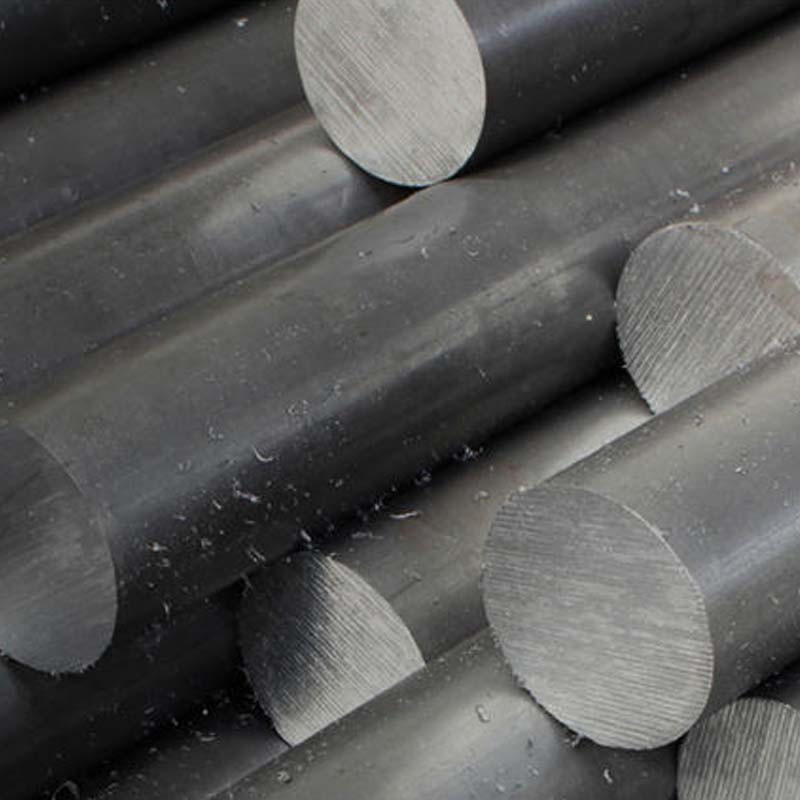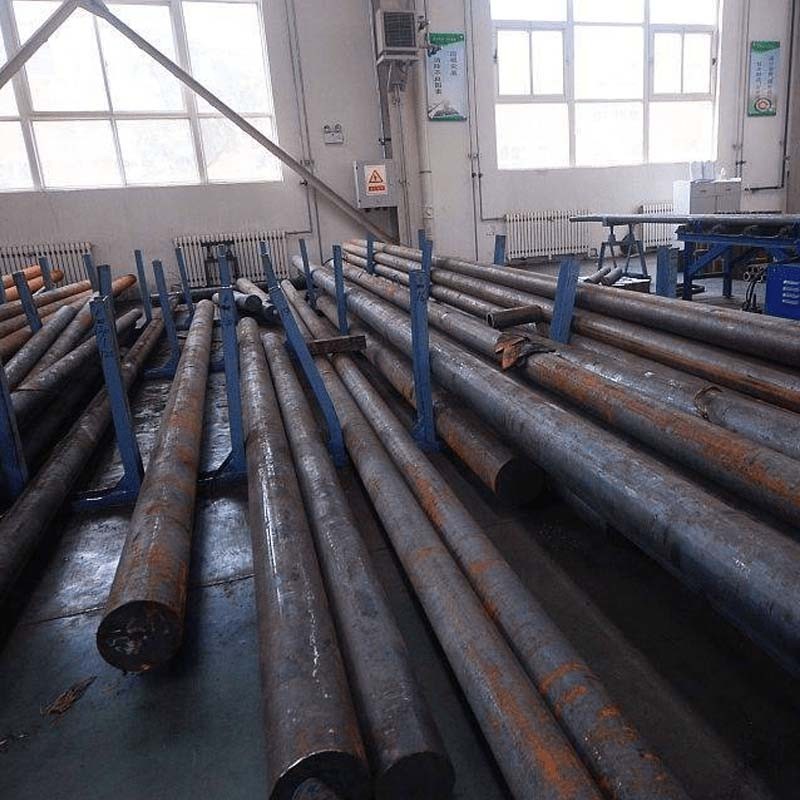
Hot work die steels refers to alloy tool steel suitable for making molds for thermal deformation processing of metals, such as hot forging dies, hot extrusion dies, die-casting dies, hot heading dies, etc. Since hot work molds work under high temperature and high pressure conditions for a long time, mold materials are required to have high strength, hardness and thermal stability, especially high thermal strength, thermal fatigue, toughness and wear resistance.
Hot work tool steels is a steel widely used in the manufacture of parts and molds, especially injection molds and die casting molds. Hot work tool steels generally operate at higher temperatures than cold work tool steels, so they need to have higher heat and wear resistance. They usually come in the form of high-speed steels, which can be hardened by quenching and tempering.
The manufacture of hot work tool steels requires special processes to ensure uniform hardness and strength. They usually require preheating to avoid cracking and deformation and annealing at higher temperatures to improve plasticity and thermal stability. Hot work die steels usually have high precision and can be used to manufacture high-precision parts and molds.
The hot work mold bears a lot of impact force when it is working, and the mold cavity is in contact with high-temperature metal, and is heated and cooled repeatedly, and its service conditions are extremely harsh. In order to meet the use requirements of hot work dies, hot work die steel should have the following basic characteristics:
(1) Higher high temperature strength and good toughness. Hot working dies, especially hot forging dies, are subjected to a large impact force during work, and the impact frequency is very high. If the die does not have high strength and good toughness, it is easy to crack.
(2) Good wear resistance. Since the hot work die is not only subject to friction and wear when the blank is deformed, it is also subject to high temperature oxidation corrosion and grinding of iron oxide chips, so the hot work die steel needs to have a higher hardnessand anti-adhesion.
(3) High thermal stability. Thermal stability refers to the ability of steel to maintain its mechanical properties at room temperature for a long time at high temperatures. When the hot work mold is working, it is in contact with hot metal, even liquid metal, so the surface temperature of the mold is very high, generally 400-700°C. This requires that the hot work die steel does not undergo thermalization at high temperatures and has high thermal stability, otherwise the die will undergo plastic deformation, resulting in collapse and failure.
(4) Excellent thermal fatigue resistance. The working characteristics of hot work molds are that they are repeatedly heated and cooled. The mold expands when it is heated for a while, and shrinks when it is cooled for a while, forming a large thermal stress, and this thermal stress is in the opposite direction and alternately occurs. Under the action of repeated thermal stress, the surface of the mold will form reticular cracks (cracks). This phenomenon is called thermal fatigue. The premature fracture of the mold due to thermal fatigue is one of the main reasons for the failure of hot work molds. Therefore, hot work die steel must have good thermal fatigue.
(5) High hardenability. The size of the hot work die is generally relatively large, especially the hot forging die. In order to make the mechanical properties of the entire die section uniform, this requires the hot work die steel to have high hardenability.
(6) Good thermal conductivity. In order to prevent the mold from accumulating too much heat and resulting in a decline in mechanical properties, it is necessary to reduce the temperature of the mold surface as much as possible and reduce the temperature difference inside the mold. This requires that the hot work mold steel must have good heat conduction performance.
(7) Good forming and processing performance to meet the needs of processing and forming.
Hot work die steel is a special tool steel, which is widely used in hot work die manufacturing fields in automobile, electronics, aerospace and other industries working environment requirements. The main feature of hot work die steel is to maintain high hardness and wear resistance at high temperature, which can ensure that the die still maintains good functions after long-term use.
The manufacturing process of hot work die steel is very strict. It needs to use high-quality raw materials and carry out special heat treatment process to ensure the stability and reliability of its performance. These processes include heat treatment, quenching, tempering and other steps to control temperature and time. Adjust the tissue structure and hardness of the material. At the same time, in order to improve the comprehensive performance of hot work die steel, it is also necessary to carry out reasonable alloy design and precise composition control
Application fields of hot work die steel
Hot work die steel has important application value in industrial production,
Widely used in the automotive industry to manufacture automotive molds, stamping molds, injection molds, etc., it can meet the high-precision processing requirements of auto parts and improve production efficiency.
Hot work die steel also plays an important role in the electronics industry. It is used to produce parts such as housings and circuit boards of electronic products. It can maintain high hardness and wear resistance in high temperature environments.
Hot work die steel is also widely used in aerospace, military industry, energy and other fields, providing high-quality mold manufacturing services for these industries.
The development trend of hot work tool steel With the continuous advancement of science and technology and the continuous improvement of industrial manufacturing level, hot work tool steel is also developing and innovating. First of all, the material design of hot work tool steel tends to be multi-dimensional. According to the performance requirements of different industrial fields, hot work tool steel is developing in the direction of low alloy, high height, high abrasiveness, and high strength, so as to meet the diverse processing requirements. The process technology is also constantly improving. With the continuous breakthroughs in the fields of material science and heat treatment technology, the manufacturing process of hot work die steel is also gradually optimized to improve the performance stability of the material and the efficiency of manufacturing. In addition, the thermal The application field of die steel will also be further expanded, involving more emerging industries and high-tech fields.







|

|

|

|

|
| Timely Info | Independent | Platform | Multiple guarantees | Self-operated storage |
| About us | Channel | Useful tools |
|---|---|---|
| About China Steel Market | Prices | Steel weight calculation |
| Contact us | Answers | |
| Terms & Conditions | Inventory | |
| Privacy Policy | Help |
Hot search words: